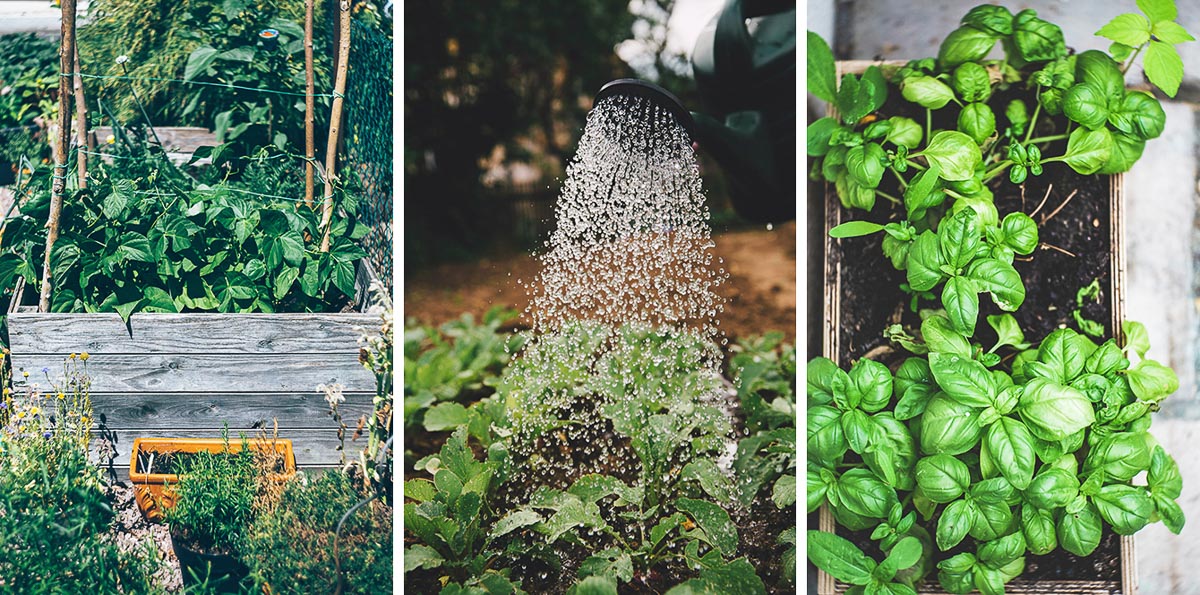The 25-Second Trick For City Blooming
The 25-Second Trick For City Blooming
Blog Article
Indicators on City Blooming You Should Know
Table of ContentsWhat Does City Blooming Mean?An Unbiased View of City BloomingCity Blooming Fundamentals ExplainedCity Blooming Can Be Fun For AnyoneFascination About City Blooming

Actually, as you walk the roads of the Bronx, Southside Chicago or East Oakland, you might see have actually even seen big plots of ripening vegetables and fruits being collected. Nevertheless, just what are city farms and neighborhood yards? Are they various? If so, exactly how? And extra importantly, how can you sustain them? Urban farming, metropolitan farming, or metropolitan horticulture is the method of growing, processing and distributing food in or around metropolitan areas.
Generally, urban farming as a practice is a larger financial investment than horticulture. There are countless extra hours spent right into the trivial matters of farming, from the plant strategy to the tending of your beds. This time commitment handles a whole new significance once you understand the objective that is being functioned towards and committed, specifically that of gaining a bountiful return of plants to be taken in.
A community yard is a single piece of land gardened collectively by a group of people. Area gardens use either individual or common stories on exclusive or public land while creating fruit, vegetables, and/or plants expanded for their eye-catching appearance. The standard version here is that a big group of individuals each contribute a relatively tiny quantity of time to working their own plot, and get the fruits of their labor therefore.
Our City Blooming Ideas

There are area gardens, many of whom Small Axe Peppers has partnered with, that deal help to evacuees, low-income family members, kids teams, and area organizations by aiding them develop and expand their very own gardens. The distinctions between area yard and urban farm are nuanced, though ultimately the same fundamental activity takes placefood crop growing but within different business structures.
Urban farms are typically more business and technology oriented, with the primary objective of making the most of yields and offering fruit and vegetables. Industrial urban ranches are frequently aimed at increasing production on normally little land area with technologies in technologies such as aquaculture, hydroponics, and greenhouses and may partner with a commercial kitchen to produce locally-produced value-added products such as jams and sauces.
6 Simple Techniques For City Blooming
The fruit and vegetables is generally expanded on a much smaller sized scale and is taken home to eat at home or to share. By giving much required environment-friendly spaces in destitute, concrete city areas, they allow for the advantages of yard gardening to those lacking backyards, and serve as outstanding examples of self-organization and area activism.
Some area gardens, often in urban locations, move into growing for business usage while some urban farms open up their land for even more socially conscious advantages. No matter of how you define and set apart the two, they are both positive forces for good in cities around America and the world.
As all of Tiny Axe Peppers' warm sauces are sourced with peppers from area yards, your acquisitions directly assist money these local projects (https://us.enrollbusiness.com/BusinessProfile/6739712/City%20Blooming#google_vignette). So, participate in the revolution by.
A friend of mine just recently commented in a discussion regarding horticulture that "It's fascinating, I've always thought that farming as a method is rather like horticulture. As I spent even more and even more time in my Urban Farming class I have actually come to recognize that to claim that horticulture is a small extension of farming would certainly be a little bit of stretch.
What Does City Blooming Do?
They both focus on the care of plants for some objective that can be nutrition, revenue or just the enjoyment of the craft. They both need a monetary investment on top of a time financial investment, additional info something that a lot of individuals in our quick paced life do not have a whole lot of.
We can see that the resemblances are abundant, however are the distinctions sufficient to create a difference? As a pupil at NYU I have the opportunity to work with the leave It Better Structure, a group that shows basic nutrition and horticulture to high school pupils. https://telegra.ph/City-Gardening-Embracing-Green-Spaces-in-Urban-Life-06-27. This experience offered me a comprehensive venture into the world of amateur horticulture beyond what many people have actually been in contact with
Farming as a practice is a bigger investment than gardening. There are numerous much more hours invested into the minutiae of farming, from the plant strategy to the often tending of your beds.
The average gardener tackles his tasks as a duty as opposed to a requirement and as such distinguishes his or herself from the farmer. Nonetheless with this difference in hand, they are both soothing and soothing exercises that any person can grab, which on its own ought to be an ad for both.
City Blooming Fundamentals Explained
Something went wrong - eco-friendly practices. Wait a minute and try once again Attempt again
Report this page